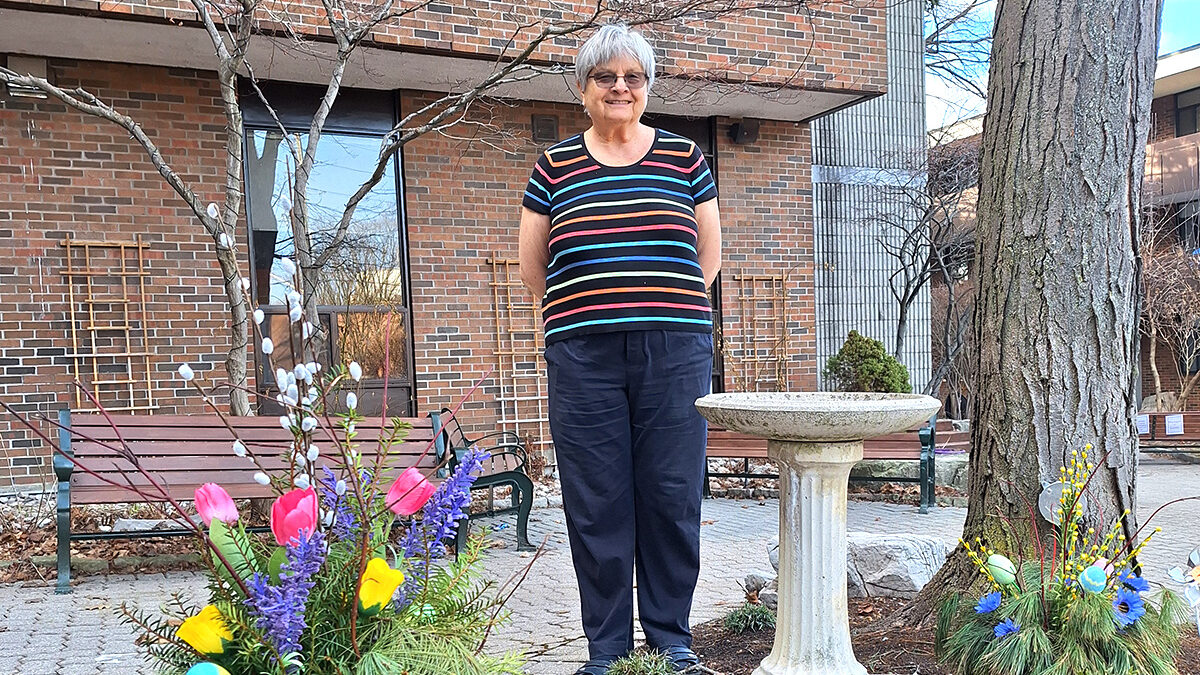While being blind or deaf doesn't define people, and those experiences are too complex to be generalized, one educational tool that crossed my path recently is yet another example of design as a discipline broadening access to fulfilling experiences and improving quality of life everywhere.
As it stands, for many children who are blind or deaf, part of the childhood educational experience of being outdoors is limited. Why is outdoor learning important? Because, although we may spend a large portion of our lives inside, we humans are ultimately organisms who are connected to all of the other organisms out there beyond our walls. We are sustained by the planet, of which we use roughly half. And the rest is there to be understood.
We may take it for granted when we get older, but use of the senses is critical in early childhood development. In a Michigan State University report on cognitive development, it was expressed that “In play experiences, combining the sense of touch with the senses of vision, hearing, taste and smell helps build cognitive skills… It is the foundation of all the skills children will use in school learning to read, write and solve math and science problems.” Sensory observation equips children for subsequent situations that demand sensory abilities.
The value of outdoors education doesn't disappear when one learns how to read braille or printed writing, however. The Estonian outdoors has many sensations to offer a child of any age, and the Keskkonnaamet (Environmental Board) recognized this. As the Keskkonnaamet sought a learning tool that would engage the senses in an outdoor learning setting, the design agency Velvet stepped up with a solution — the Educase. Velvet was founded in 2004 by Aivo Kallas, Markko Karu, Mart Lankots, and Janno Siimar. Since they began, Velvet has gone up and down in the number of people on their team, but no matter the size of their company, it has created a solution that embodies the creativity of a focused cluster of thinkers.
The design of the Educase is straightforward. There's a durable, round fabric case with five side pockets and a top pouch. Each of the five side pockets contains some item that demonstrates an aspect of a natural environment. There may be plant matter in a sealed bottle that can be smelled; bird eggs or fur that can be felt; or moulded animal footprints to hold in your hands and identify. The content of the pockets varies depending on which type of ecosystem the Educase is for. Velvet has designed three types of Educases, representing beaches, bogs, and forests.
The top pouch of the Educase contains resources for a teacher accompanying the child. There's a teacher's manual with exercises to reinforce the learning experience. Cards are included that show images of animals and describe them in more detail. Animal sounds can be accessed through a QR code printed on the cards. Throughout the case, there is braille to communicate further details.
It's a friendly tool that combines a whole lesson into one object, whether the user is in the specific ecosystem or elsewhere. Even just its outer appearance is inviting, with embroidery indicating flora and fauna of each ecosystem on the outside. And many individuals put their minds together to create it, including teachers Kairi Ilmets and Raili Loit, the naturalist Arne Ader, and the Finnish Federation of the Visually Impaired.
The Educase is being used by a few dozen kids so far, and who knows how far it will spread, judging by the interest shown in other countries. It's just another example of design in action, making our world more accessible.
This article was written by Vincent Teetsov as part of the Local Journalism Initiative.




